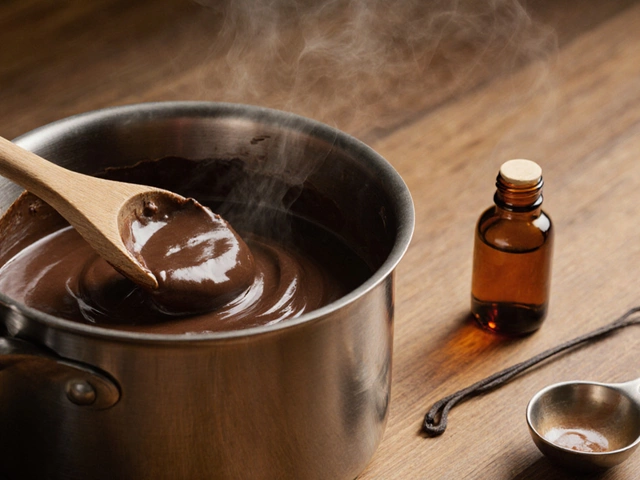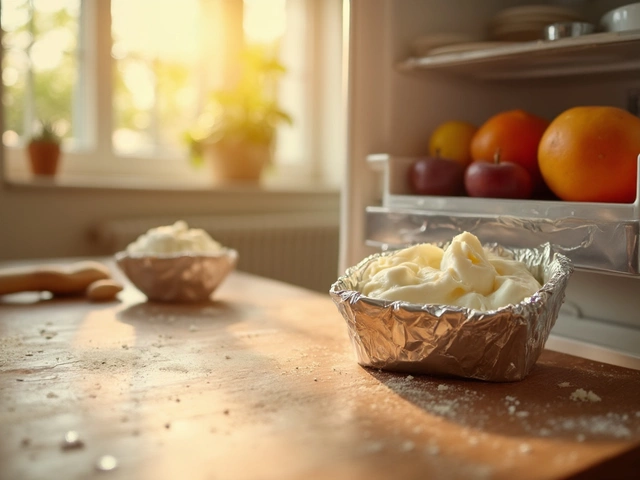Cake Troubleshooting: Quick Fixes for Everyday Baking Issues
Ever pulled a cake out of the oven and thought, "What went wrong?" You’re not alone. Most home bakers hit a snag now and then – a sunken middle, a dry crumb, or a cake that just won’t rise. The good news? Most problems have a simple fix, and you can often save the bake before it’s a total loss.
Why Did My Cake Sink? The Gluten‑Free Mystery
If you’ve tried a gluten‑free cake and watched it collapse, the culprit is usually the structure. Without gluten’s stretchy network, the batter needs extra lift. Add a bit more baking powder or a splash of carbonated water to give it extra air. Using a blend of rice flour, almond flour, and a little xanthan gum can also mimic that missing stretch.
Getting the Right Size for the Crowd
Planning a party and wondering how big a cake you need for 50 guests? A good rule of thumb is 1–2 slices per person, depending on the tier. A 9‑inch round two‑tier cake serves about 30, while a 10‑inch three‑tier can handle 50 comfortably. Check the serving chart in our guide to avoid ordering too much or too little.
Now, let’s look at a few other common hiccups and how to handle them.
Cracked Top – This usually means the oven temperature was too high or the batter was over‑mixed. Lower the heat by 15 °C and mix just until ingredients are combined.
Dry Texture – Over‑baking is the usual suspect. Start checking a few minutes before the recipe’s time is up. Insert a toothpick; if it comes out with moist crumbs, the cake is ready.
Dense, Heavy Cake – Often caused by not creaming butter and sugar enough. Cream those two together for at least three minutes until it’s light and fluffy. That traps air and makes the final crumb airy.
If you end up with a cake that’s already baked but looks sad, you can still rescue it. A simple syrup brushed over the layers adds moisture, and frosting can hide minor cracks. For a sunken middle, level the top with a serrated knife and build a tiered cake on top – the extra height disguises the dip.
Sometimes the problem isn’t the bake itself but how you store it. Cakes left uncovered dry out fast. Wrap them tightly in cling film or store in an airtight container. For gluten‑free cakes, a cool, dry place is key to prevent them from getting gummy.
Want to avoid future mishaps? Keep a small notebook of what you did differently each time you bake – temperature, mix time, ingredient brands. Over time you’ll spot patterns and tweak your technique.
Lastly, remember that baking is part science, part art. A little patience, a few adjustments, and you’ll turn most kitchen disasters into tasty successes. Keep experimenting, and don’t be afraid to try a new fix the next time a cake doesn’t behave.

Sinking Cake: Why it Happens and How to Fix It
Ever pulled a cake out of the oven and found it sunken in the middle? Sinking cake is a super common baking problem, but it’s not unbeatable. This article tackles exactly what sinking cake is, why it happens, and the science behind those frustrating dips. It also covers easy ways to prevent it and what to do if your cake still sinks. If baking has ever let you down, you’ll find clear tips here to get your cakes rising right again.
View More




